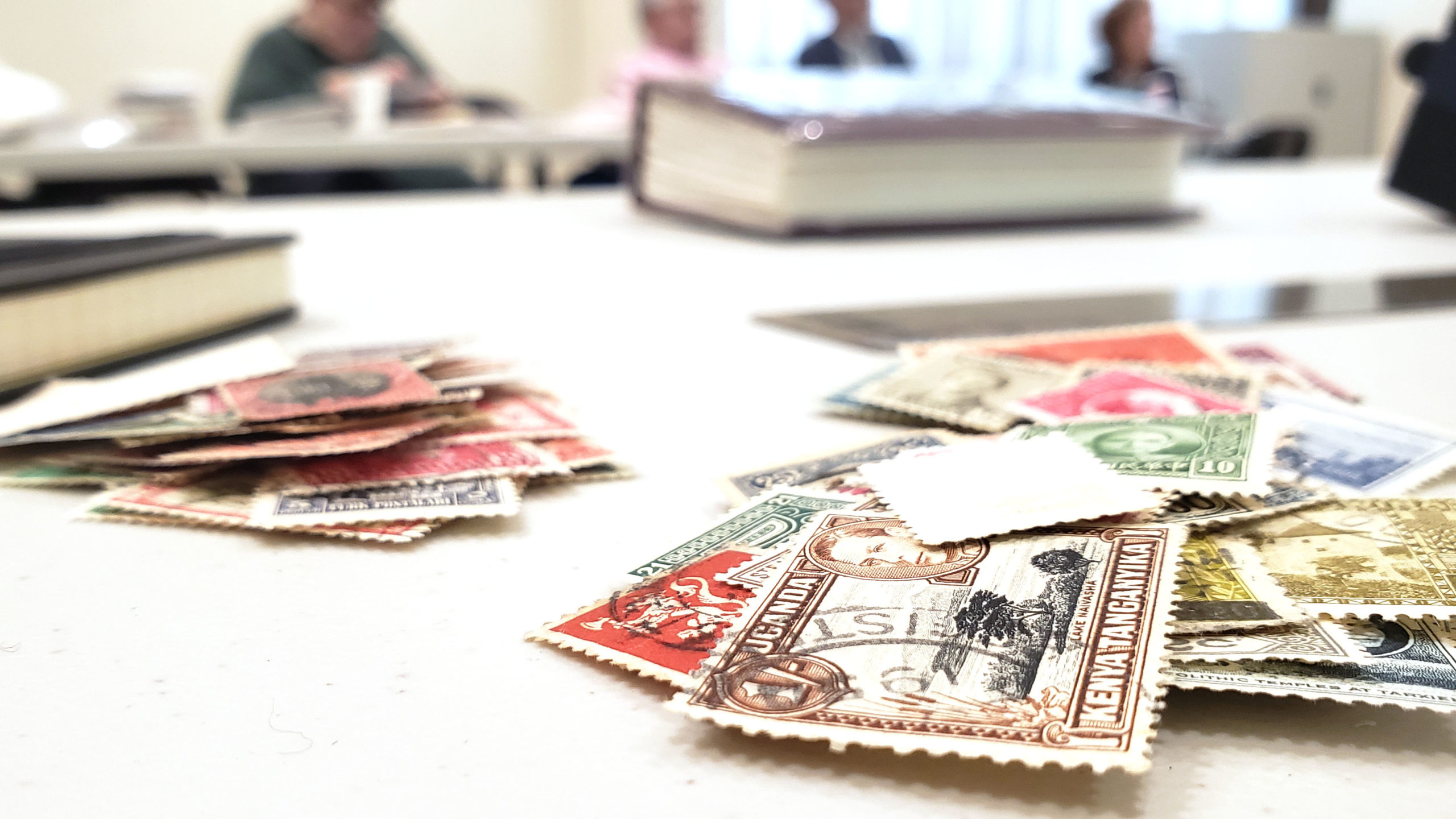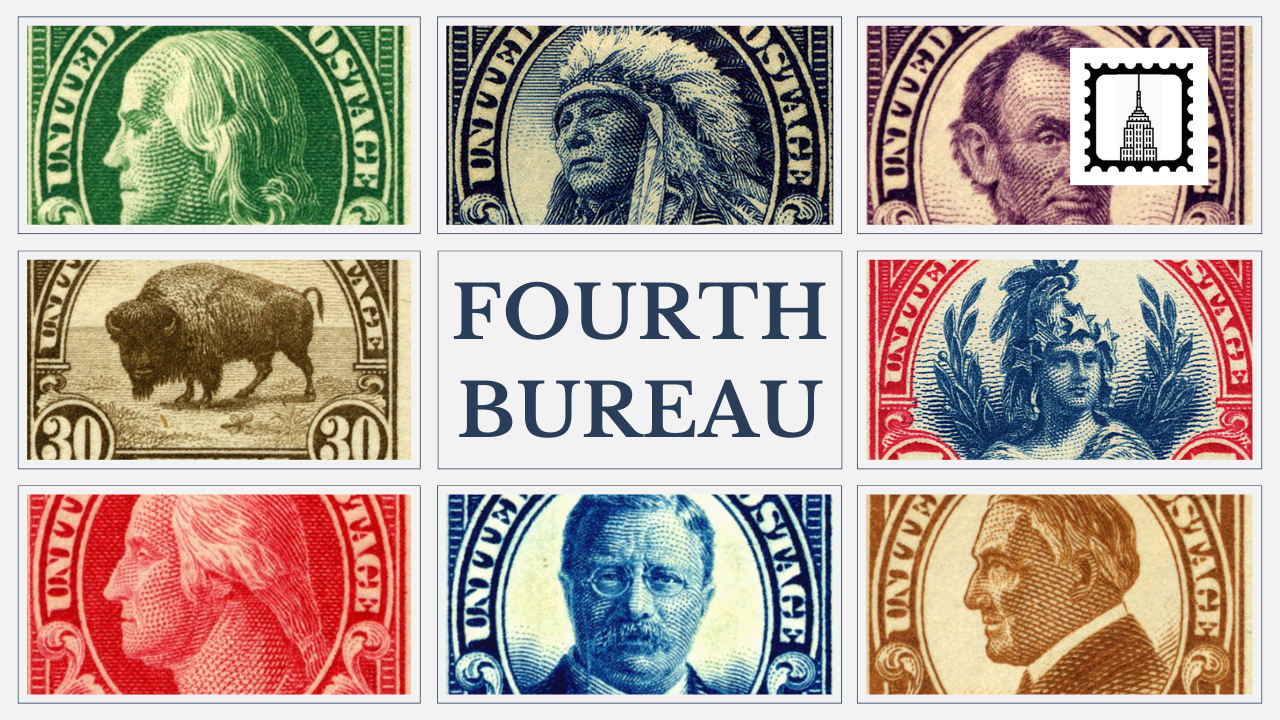Introduction
The 1966 FIFA World Cup holds a special place in football history. Hosted by England, it was a tournament filled with memorable moments, unexpected twists, and a story that transcended the pitch. Beyond the matches, the event was celebrated worldwide through philately, with numerous countries issuing commemorative stamps. This blog post explores the fascinating intersection of the 1966 World Cup, the global stamps issued in its honor, and the dramatic tale of the stolen Jules Rimet Trophy.
The Global Celebration Through Stamps
Every four years, the FIFA World Cup captivates nations across the globe, and the 1966 tournament was no exception. Countries from Hungary to Ghana and from the Democratic Republic of Congo to Gibraltar issued stamps to commemorate the event. These stamps not only celebrated the sport but also became collectors’ items cherished by philatelists worldwide.
One notable stamp from Hungary featured Jules Rimet, the former president of FIFA and the namesake of the original World Cup trophy. The stamp depicted Rimet alongside a football and the iconic trophy, symbolizing the unity of leadership, the sport, and victory. Other countries highlighted their unique artistic styles and cultural symbols, creating a diverse philatelic tribute to the world’s most popular sport.
The Jules Rimet Trophy: Symbol of Victory
The Jules Rimet Trophy, originally known as “Victory,” was named after the third president of FIFA, who served from 1921 to 1954. Crafted from gold-plated sterling silver on a white marble base, the trophy stood as a symbol of global football excellence. According to FIFA’s rules at the time, any country winning the World Cup three times would earn the right to keep the trophy permanently.
The Dramatic Theft at Stampex
In March 1966, just months before the World Cup was set to begin, the Jules Rimet Trophy was put on display at the Stampex stamp exhibition in Westminster Central Hall, London. Despite being secured in a locked glass cabinet, the trophy was stolen on March 20th during a Methodist church service in the building, when security was notably relaxed.
The theft sent shockwaves across the nation. Scotland Yard launched an extensive investigation, codenamed “Operation Fairway,” to recover the trophy before the tournament began. Ransom demands were made, and several leads were pursued, but the trophy remained missing, causing widespread concern that the World Cup might proceed without its most coveted prize.
An Unlikely Hero: The Discovery by Pickles
The breakthrough came a week later, on March 27th, when David Corbett was walking his dog, Pickles, in South London. Pickles sniffed out a package wrapped in newspaper beneath a garden hedge. Upon inspection, Corbett discovered the missing Jules Rimet Trophy. He immediately turned it over to the police, and Pickles became a national hero. The discovery was celebrated across England, and Corbett received a reward for his and Pickles’ crucial role in recovering the trophy.
England’s Triumph and Philatelic Legacy
With the trophy recovered, the World Cup proceeded as planned. England went on to win the tournament, defeating West Germany 4-2 in a thrilling final at Wembley Stadium on July 30th. It was England’s first and only World Cup victory to date, marking a pinnacle in the nation’s sporting history.
In the aftermath, England issued commemorative stamps celebrating their victory. One such stamp depicted team captain Bobby Moore receiving the Jules Rimet Trophy from Queen Elizabeth II, a moment etched in the memories of football fans worldwide.
The Trophy’s Fate and Legacy
Despite being recovered in 1966, the original Jules Rimet Trophy would face another ill fate. After Brazil won their third World Cup in 1970, they earned the right to keep the trophy permanently. However, in 1983, the trophy was stolen once again from the Brazilian Football Confederation’s headquarters in Rio de Janeiro and was never recovered. It is widely believed to have been melted down for its gold.
In response, FIFA commissioned a new trophy, crafted by Italian artist Silvio Gazzaniga, which has been awarded to World Cup winners since 1974. Unlike its predecessor, the new trophy remains in FIFA’s possession, with winners receiving a gold-plated replica.
Conclusion
The 1966 FIFA World Cup remains a remarkable chapter in both football and philatelic history. The global issuance of stamps commemorating the event highlights the unifying power of sport, transcending borders and cultures. The dramatic theft and recovery of the Jules Rimet Trophy added an unexpected storyline that captivated the world. Today, collectors and football enthusiasts alike look back on this event with fascination, cherishing the stamps and stories that symbolize a unique moment in time.






